You are here
Esquilino - Monti
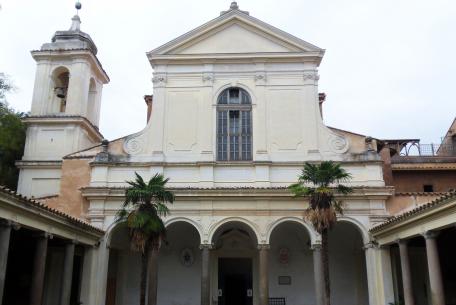
The Basilica of San Clemente in Laterano, located about 300 meters beyond the Colosseum, on the road that from the valley between the Oppian hill and the Celio leads to San Giovanni in Laterano, is
[...]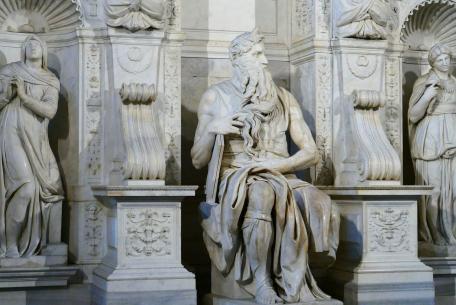
Halfway via Cavour, coming from via dei Fori Imperiali, on the right, you meet the s
[...]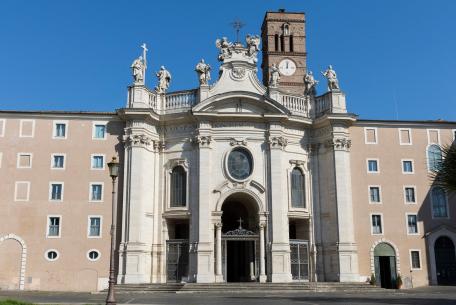
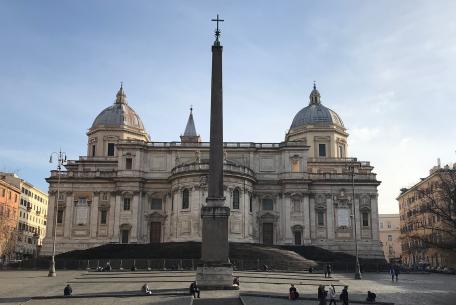
Situated on the summit of the Esquiline Hill, although enriched by subsequent renovations, St.
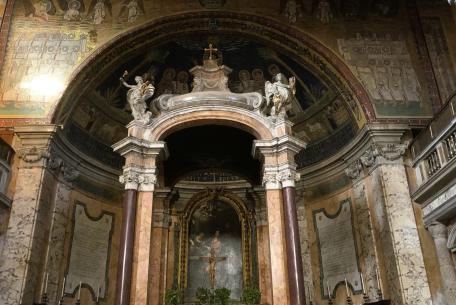
Located in the Rione Esquilino, the Basilica of Santa Prassede was built by Pasquale I in the ninth c
[...]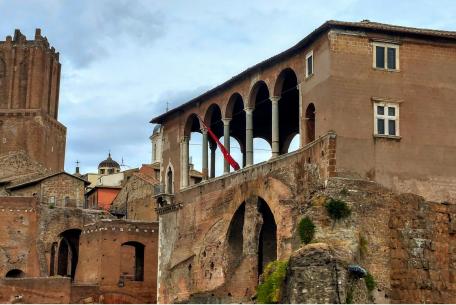
The House of the Knights of Rhodes is the result of a stratification of several centuries.
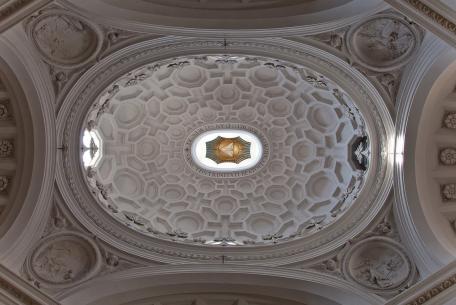
Among the baroque churches, the Church of San Carlo alle Quattro Fontane is often unjustely forgotten because many of them are famous for their size and for their scenic location.
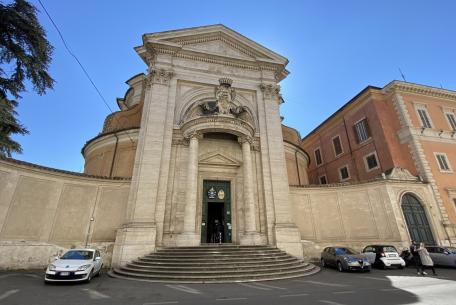
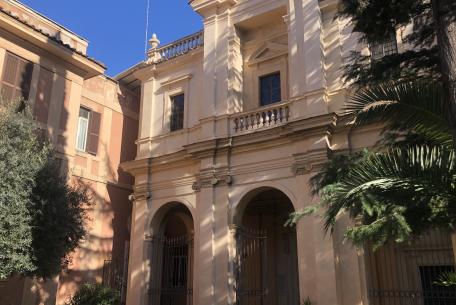
Located close to Termini Station, the church of Santa Bibiana has very ancient origins datin
[...]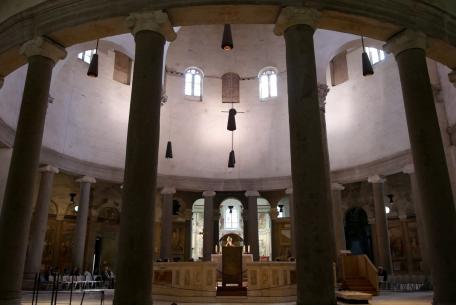
Dating back to the 5th century A.D., the Church of Santo Stefano Rotondo is the oldest church with a circular plan in Rome.
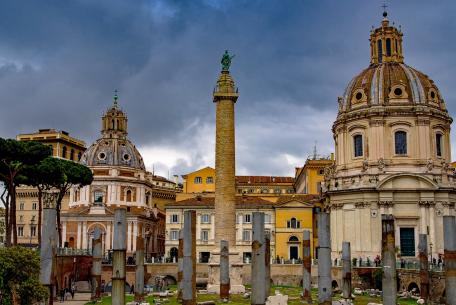
Erected in 113 A.D. to celebrate the deeds of emperor Trajan in Dacia, the Trajan's Column was the first triumphal one - with decorations that spiral along the shaft - ever raised.
[...]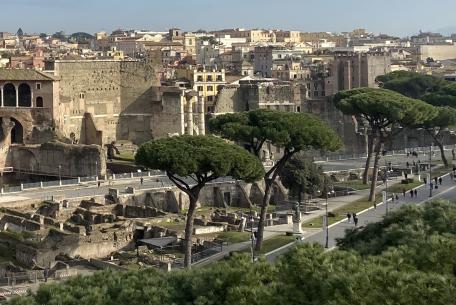
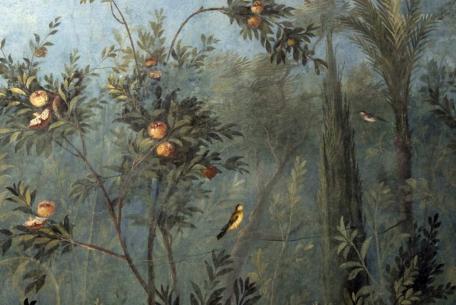
Established in 1889 to house the antiquities of Rome, the National Roman Museum holds the most important archaeological collection in the world.
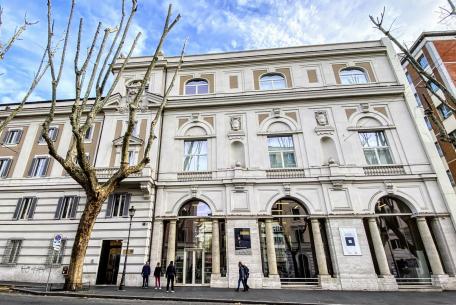
Built in 1929 in the then-typical Umbertine style and located in the heart of the Esquilino neighborhood, the imposing building once housed the Hygiene Office and was then was left
[...]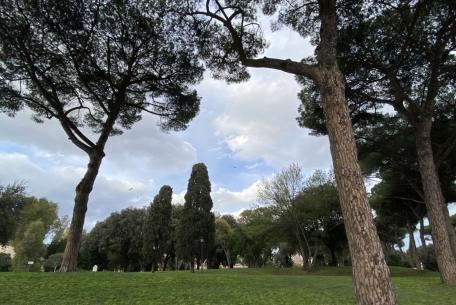
A large green area including lawns, slopes and exceptional evidence of the ancient Rome, such as the remains of the Dom
[...]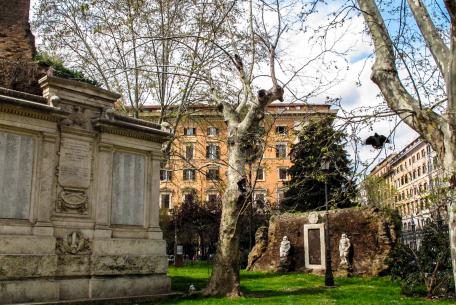
The heart of the multi-ethnic Esquilino district
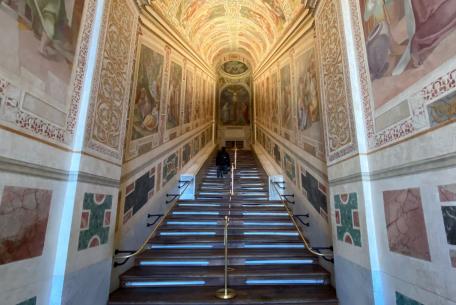
Located near the Basilica of Saint John Lateran, the Sanctuary houses the Sancta
[...]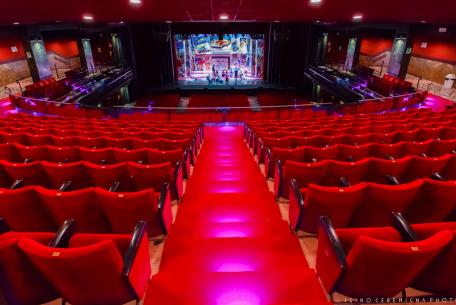
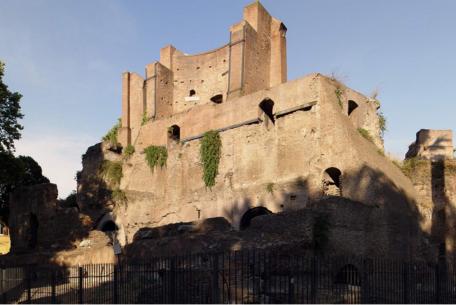
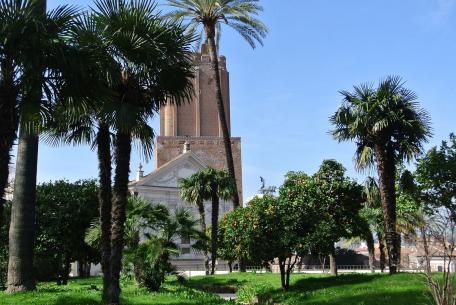
Located between Piazza del Quirinale, via Nazionale, and via Quattro Novembre, the villa looks like a hanging garden enclosed by walls.
Esquilino is the cosmopolitan soul of the capital and extends over the highest of the ancient seven hills of Rome. It is one of the "entry gates" for those arriving in the city: here, in fact, is the modern Termini Station, the largest Italian railway station.
The elegant Umbertine architecture of the late 1800s characterizes the face of the neighbourhood, which develops around Piazza Vittorio Emanuele II, framed by monumental buildings with arcades designed by the architect Gaetano Koch. In the centre are the enchanting Nicola Calipari gardens, inaugurated in 1888, the green heart of the district. It is one of the most pleasant places to spend a relaxing day, sitting in the sun among exotic plants. Here, you can admire the water games of the fountains and the monumental "Trofei di Mario" from the Roman age or discover the legend about the Porta Magica (Magic Door), what remains of the 17th-century Villa Palombara.
Not to be missed are the splendid churches and basilicas, sometimes linked to ancient legends and fascinating facts. Among these: St. Mary Major, built in August 352 AD., following a snow miracle; Santa Croce in Gerusalemme, where the relics of the Cross are kept; the Pontifical Sanctuary of the Holy Stairs, with the 28 steps that Jesus climbed on the day of his death sentence; Santa Bibiana, the first architectural work of Gian Lorenzo Bernini.
For art lovers, the area offers a perfect blend of ancient and modern: from the most important archaeological collection in the world of Palazzo Massimo alle Terme, one of the seats of the National Roman Museum, to Palazzo Merulana, dedicated to contemporary and Italian 20th-century art. Walking along its streets, you can discover the 19th-century Acquario Romano − now the House of Architecture − with a section of the ancient Servian Walls. In the district is also Porta Maggiore, where the sepulcher of Marco Virgilio Eurisace is located.
Here, you can feel the ethnic essence of Rome. Among colours, scents and flavours from all over the world, you are spoiled for choice: you can get lost in the large covered local market, go shopping in the shops among spices, silver and curiosities, or savour the traditional or exotic specialities of many bakeries, restaurants, bistros and fast-food restaurants in the area, perhaps after a show in the historical Ambra Jovinelli and Brancaccio theatres.
We are in the first "rione" of the city, Monti, initially built on the hills Esquilino, Viminale and part of the Quirinale. It is a cross-section of ancient Rome, which included the Suburra, the plebeian “sub urbe” district under the city, that was the primitive patrician settlement on the Palatine Hill.
A bohemian and lively district, it is characterized by a maze of quaint streets, restaurants, wine bars, art galleries and vintage shops. Today, it is one of the favourite areas of Romans and tourists for its trendy and creative atmosphere and a reference point of the Capitoline nightlife.
In the area are some of the most important monuments, archaeological and art sites of Rome: the House of the Knights of Rhodes, the Forum of Augustus, the Trajan's Column, the Archaeological Area of the Imperial Fora, Nero's Domus Aurea, the Ludus Magnus - the largest gladiatorial training schools in Rome - the Palazzo Esposizioni Roma, the Palazzo della Banca d'Italia - Palazzo Koch, and the Palazzo del Viminale, the seat of the Ministry of the Interior.
Along the streets and squares of Monti, you can admire some wonderful religious buildings, such as the Basilica of St. John Lateran, the cathedral of Rome, and the Basilica di San Pietro in Vincoli (St. Peter in Chains), with Michelangelo's Moses sculpture. Unmissable masterpieces are the baroque churches of San Carlo alle Quattro Fontane, a work by Borromini, and Sant’Andrea al Quirinale, designed by Gian Lorenzo Bernini. Absolute must-sees are the ancient basilica of Saint Praxedes, Santo Stefano Rotondo, Rome's oldest church with a circular plan, and San Clemente, built on Roman buildings of the imperial age and a Mithraeum.
There is no shortage of green spaces to enjoy a pleasant walk or a relaxing break: Villa Aldobrandini, a spectacular hanging garden overlooking the Trajan's Markets, the first museum of ancient architecture, the church of Sant'Agata dei Goti and the Torre delle Milizie (Tower of the Militia) − which, together with that of the Grillo, was one of the military towers of the city, or the Park of Colle Oppio, an “archaeological garden” from which you can get beautiful glimpses of the Colosseum and the Palatine.











































